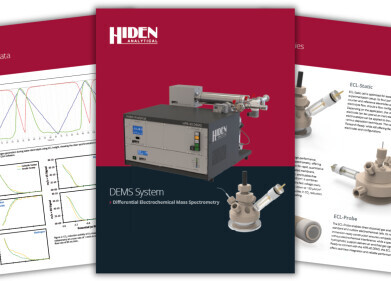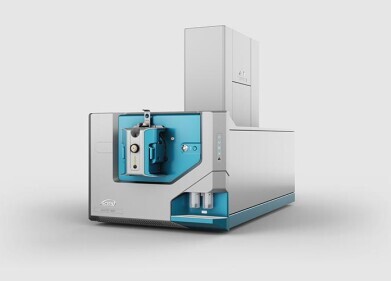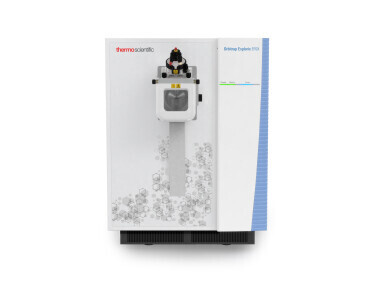Mass spectrometry & spectroscopy
Should the 2-Metre Rule Be Relaxed?
Aug 05 2020
While most experts say social distancing is saving the UK from a deadly COVID-19 outbreak on the scale of countries such as the United States and Brazil, others claim the two-metre rule is flawed. The latest debate was sparked by a WHO-funded study, which suggested reducing distancing from two metres to one would have a negligible impact on infection rates.
Senior scientists were quick to respond, asserting the study has major flaws and should not be used as a catalyst to relax the two-metre social distancing rules in the UK. While the study claims reducing distancing to just one metre would raise infection rates by just 1.3%, Cambridge University statistician Professor David Spiegelhalter says the findings “should be treated with great caution.”
Study flagged as “inappropriate”
Fellow statistician Professor Kevin McConway of the Open University agrees, saying the study “should not be used in arguments about how much greater the infection risk is at one-metre minimum distance as opposed to two metres.” He says the study is “inappropriate” given the current climate and poses an enormous threat to COVID-19 management strategies around the world.
Conducted by scientists at McMaster University in Canada, the report compiled data from pre-existing studies to map COVID-19 infection rates at different distances. McConway says the way distances were compared was fundamentally flawed and cannot be used to gauge the risk of contracting COVID-19 at a distance of one metre or two.
Standards slipping in elite journals
The study was published in high-profile journal the Lancet, and is just one of many to garner criticism from scientists who fear social distancing rules may be relaxed too soon. Experts like Spiegelhalter and McConway say studies of this calibre are being published too rapidly and don’t meet the usual standards enforced by elite journals such as the Lancet. Fellow heavyweight the New England Journal of Medicine attracted similar reproach when it was forced to retract a paper following questions over data integrity.
Professor Ben Cowling, who works at the School of Public Health at the University of Hong Kong, says he is “not taking the whole paper very seriously” and criticised it for taking a tunnel vision approach to distance and failing to factor in length of exposure.
“I think they did it in such a rush – the authors, possibly the WHO, and the Lancet peer reviewers – that important things were missed,” he said. “Everyone believes that the risk of infection at 1-metre is higher than at 2-metre and we need to know how much higher because there’s a trade-off between the increased risk and the gains from moving to 1-metre. But if you don’t know how the risks at 1 metre and 2 metres compare, how do you know how to trade it off? It’s finger in the air stuff.”
From global pandemics to quality control, science has enormous scope. To find out more about how powerful technologies such as nuclear magnetic resonance (NMR) spectroscopy are being used to protect consumer interests, check out ‘Tackling the Fraudsters: Using NMR to Detect Adulterated Honey.’
Digital Edition
Lab Asia Dec 2025
December 2025
Chromatography Articles- Cutting-edge sample preparation tools help laboratories to stay ahead of the curveMass Spectrometry & Spectroscopy Articles- Unlocking the complexity of metabolomics: Pushi...
View all digital editions
Events
Jan 21 2026 Tokyo, Japan
Jan 28 2026 Tokyo, Japan
Jan 29 2026 New Delhi, India
Feb 07 2026 Boston, MA, USA
Asia Pharma Expo/Asia Lab Expo
Feb 12 2026 Dhaka, Bangladesh



















